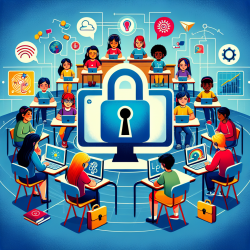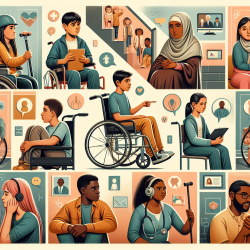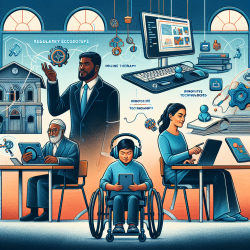Understanding Burnout in Special Education
Burnout is a pervasive issue among Special Education Directors and their teams. With increasing demands and limited resources, the risk of burnout can compromise the quality of education and support provided to students. As someone deeply committed to creating great outcomes for children, understanding the root causes of burnout and exploring data-driven solutions is crucial.
The Impact of Burnout
Burnout doesn't just affect educators' well-being; it directly impacts the students they serve. Research shows that burnout can lead to decreased job performance, increased absenteeism, and higher turnover rates, all of which negatively affect the learning environment. For children requiring specialized support, the consequences can be even more pronounced, hindering their progress and potential.
Data-Driven Solutions: A Path Forward
Fortunately, data-driven strategies offer a promising path to mitigate burnout and enhance the effectiveness of special education programs. Here are some research-backed approaches:
- Implementing Online Therapy: Leveraging online therapy services, such as those provided by TinyEYE, can reduce the workload on in-house staff and offer flexible support for students. Studies have shown that telepractice can be as effective as in-person therapy, providing a viable alternative to traditional methods.
- Monitoring Workload and Well-being: Utilizing data analytics to monitor workload and well-being can help identify early signs of burnout. By assessing factors such as caseload, hours worked, and stress levels, Special Education Directors can proactively address issues before they escalate.
- Professional Development and Support: Continuous professional development tailored to the needs of special education staff can empower them with the latest strategies and tools. Data-driven training programs can enhance skills and reduce feelings of inadequacy, a common contributor to burnout.
Leveraging Telepractice Jobs
Incorporating telepractice jobs into your special education program can provide additional flexibility and resources. By diversifying the modes of therapy delivery, you can better meet the diverse needs of students while alleviating some of the pressures on your team. This approach not only supports educators but also enriches the learning experience for students.
Conclusion: A Commitment to Change
Addressing burnout in special education requires a commitment to change and a willingness to embrace innovative solutions. By leveraging data-driven strategies and online therapy services, Special Education Directors can foster a supportive and sustainable environment for both educators and students. As we strive to create the best outcomes for children, let us prioritize the well-being of those who dedicate their lives to their education.
For more information on how TinyEYE can support your school with online therapy services, please visit our website.










